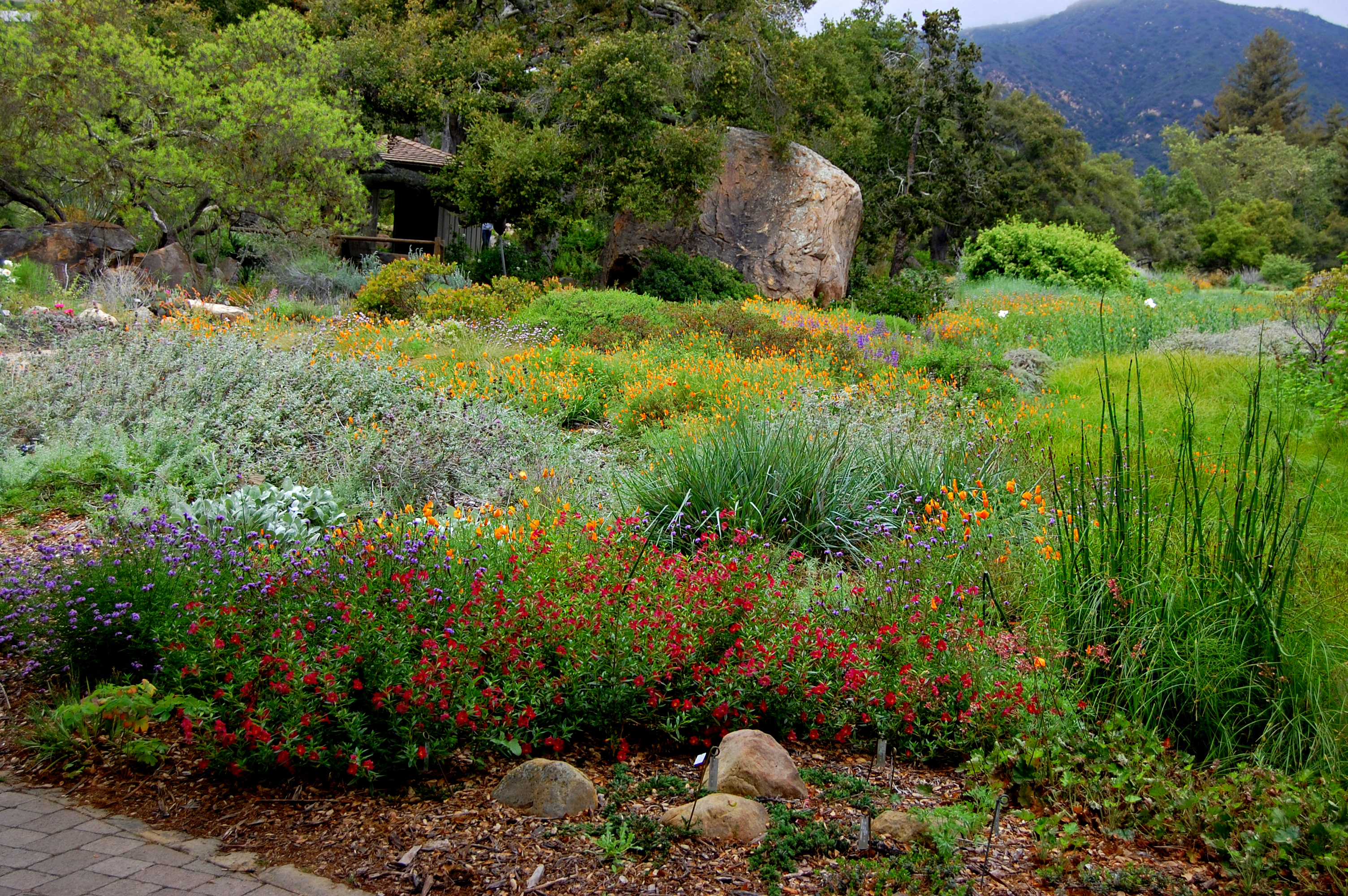Drought-Resistant Gardening, Sustainable Tips

Sustainable Gardening Practices for Drought Areas
Gardening in drought-prone areas can be challenging, but it's not impossible. With the right strategies, you can maintain a beautiful, thriving garden while conserving water. Let's dive into some sustainable gardening practices that will help you create a drought-resistant oasis.
Understanding Drought-Resistant Gardening
Drought-resistant gardening, also known as water-wise gardening, is all about making the most of limited water resources. It's not just about which plants you choose; it's also about how you design, maintain, and irrigate your garden.
Why Opt for Sustainable Gardening Practices?
In a world where water is becoming an increasingly precious resource, sustainable gardening practices are more important than ever. They help conserve water, protect the environment, and can even save you money on your water bill.
Designing a Drought-Resistant Garden
Xeriscaping: The Art of Dry Gardening
Xeriscaping is a landscaping method that uses drought-tolerant plants to reduce the need for watering. It's not about having a garden full of cacti; it's about choosing the right plants for your climate and grouping them according to their water needs.
Planning Your Garden Layout
Place plants with similar water needs together. This way, you can water efficiently and avoid overwatering some plants while underwatering others. Also, consider the sun exposure and soil type when designing your garden layout.
Choosing Drought-Tolerant Plants
Native Plants: The Smart Choice
Native plants are adapted to your local climate and soil conditions, making them an excellent choice for a drought-resistant garden. They require less water and are more resilient to drought than exotic species.
Other Drought-Tolerant Plant Options
Many non-native plants are also drought-tolerant. Plants like lavender, rosemary, and succulents can thrive in dry conditions. Remember, drought-tolerant doesn't mean no water; it just means they need less water than other plants.
Sustainable Irrigation Techniques
Drip Irrigation: Watering Efficiently
Drip irrigation systems deliver water directly to the roots of your plants, reducing evaporation and runoff. They are one of the most efficient sustainable irrigation methods available.
Rainwater Harvesting: Making the Most of Nature's Gift
Collecting rainwater for garden use is a great way to conserve water. You can install a rain barrel under your downspout to collect rainwater from your roof.
Water Conservation Techniques
Mulching: A Simple yet Effective Technique
Mulching helps retain soil moisture, suppress weeds, and regulate soil temperature. Organic mulches, like wood chips or straw, also improve soil health as they break down.
Soil Amendments: Improving Water Retention
Adding compost or other organic matter to your soil can improve its water retention capabilities. This means you'll need to water less frequently, as the soil will hold moisture better.
Maintaining Your Drought-Resistant Garden
Regular Maintenance: A Little Goes a Long Way
Regularly weeding, pruning, and checking your irrigation system can help keep your garden healthy and water-wise. Remove any dead or diseased plant material to prevent water waste and pest problems.
Monitoring Soil Moisture: Water Only When Needed
Don't just water on a schedule. Check your soil moisture to determine when your plants actually need water. You can use a soil moisture meter or simply stick your finger in the soil. If it feels dry an inch or two down, it's time to water.
Additional Tips for Sustainable Gardening
Companion Planting: Let Plants Help Each Other
Companion planting is the practice of planting different crops together for mutual benefit. Some plants can help others retain moisture or improve soil health.
Using Ground Covers: A Green Alternative
Ground covers can help retain soil moisture and suppress weeds. They're a great alternative to grass, which can be water-intensive.
The Benefits of Sustainable Gardening
Environmental Benefits: Doing Your Part
Sustainable gardening practices help conserve water, protect local ecosystems, and reduce pollution. By gardening sustainably, you're doing your part to protect the environment.
Economic Benefits: Save Money While Saving Water
Water-wise gardening can also save you money. By reducing your water usage, you can lower your water bill. Plus, drought-tolerant plants often require less maintenance, saving you time and money.
Getting Started with Sustainable Gardening
Educate Yourself: Knowledge is Power
Before you start, learn about your local climate, soil, and native plants. The more you know, the better equipped you'll be to create a sustainable garden. You can find plenty of resources online, like the EPA's guide on what you can do to conserve water.
Start Small: You Don't Have to Do Everything at Once
You don't have to transform your entire garden overnight. Start with a small area and gradually expand your sustainable gardening practices.
Conclusion
Sustainable gardening in drought areas is not just possible; it's rewarding. By choosing the right plants, designing your garden thoughtfully, and adopting water-wise practices, you can create a beautiful, resilient garden that thrives even in dry conditions. So, why wait? Start your sustainable gardening journey today!
FAQs
What are some common drought-tolerant plants?
- Some common drought-tolerant plants include lavender, rosemary, succulents, and many native plant species.
How can I tell if my plants need water?
- Check the soil moisture. If it feels dry an inch or two down, it's time to water. Also, look for signs of wilting or drooping in your plants.
What is xeriscaping?
- Xeriscaping is a landscaping method that uses drought-tolerant plants to reduce the need for watering.
How can I collect rainwater for my garden?
- You can install a rain barrel under your downspout to collect rainwater from your roof.
Why is sustainable gardening important?
- Sustainable gardening helps conserve water, protect the environment, and can even save you money on your water bill.
0 Response to " Drought-Resistant Gardening, Sustainable Tips"
Post a Comment